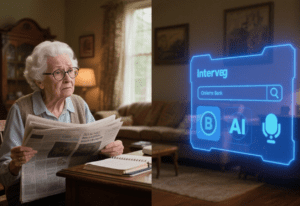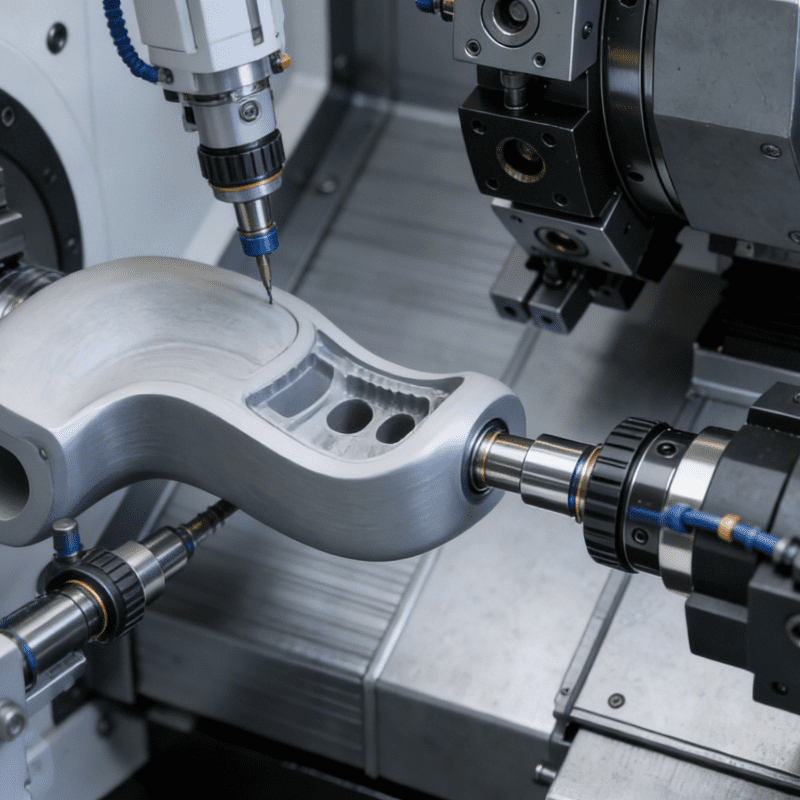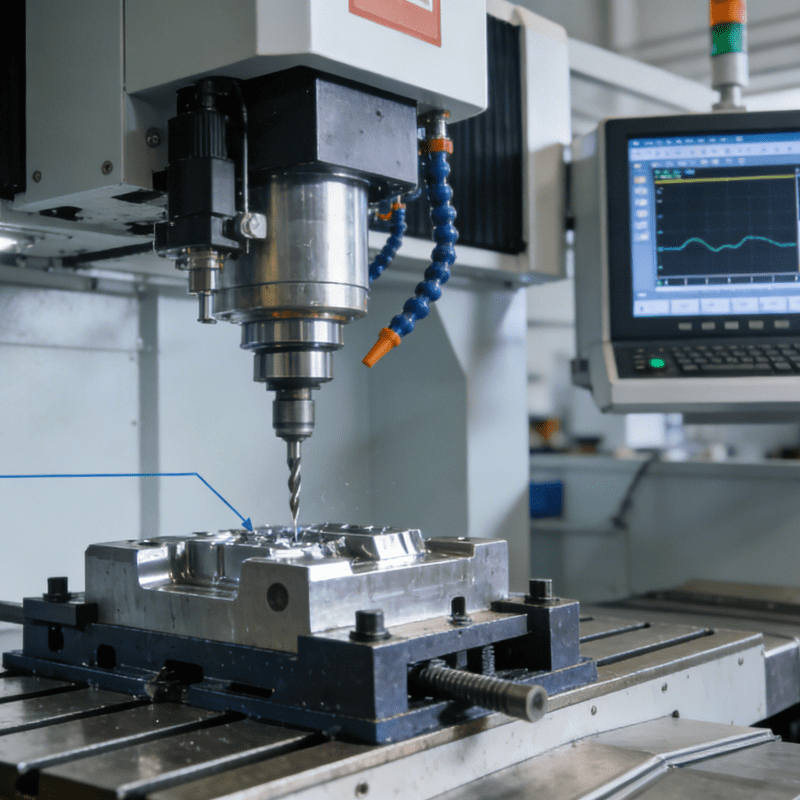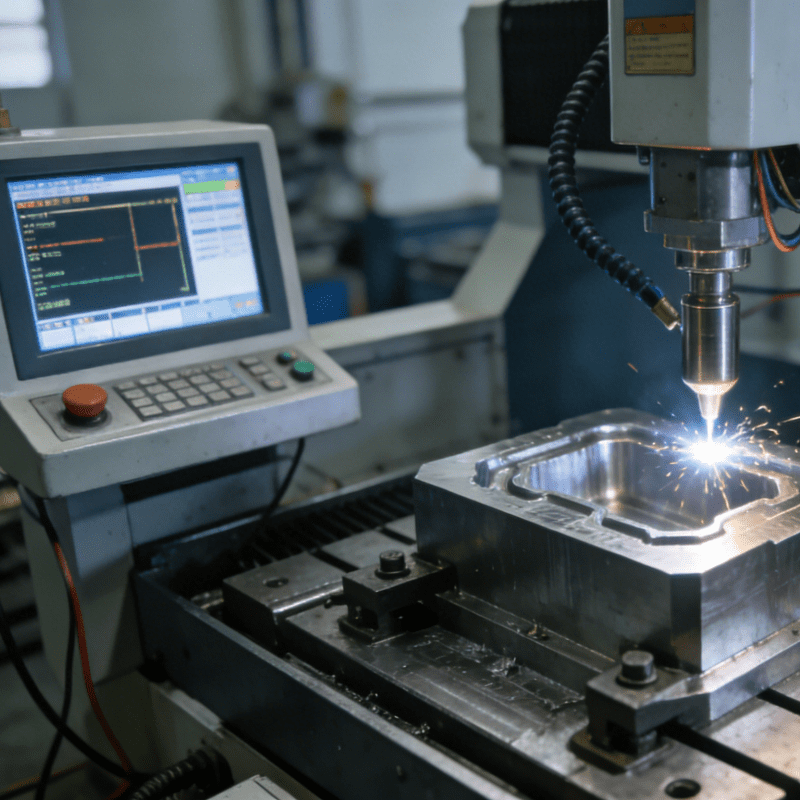
My Mother: A Stubborn Outsider in the Age of the Internet
When the Internet reshaped the fabric of life like a tide in the 1990s, my mother always stayed outside the wave. She stared at the laptop screen as if it were some mysterious charm. No matter how many times my two siblings and I demonstrated, her fingers could never learn to draw a smooth arc on the touchpad. Later, when bank voice prompts replaced tellers’ smiles and pharmacy self-service terminals drowned out pharmacists’ instructions, she shouted at the cold machines: “Why isn’t there even someone to answer the phone?” Until she passed away at 92, her desk always had yellowed newspapers spread out, and her drawer locked a phone book with curled edges—most of those numbers had become invalid, yet they were like her last shield against the times.
My Ambivalence: Embracing Technology Yet Uneasy with AI
I once made a secret vow never to be such an “outsider.” Over the years, I embraced the precise temperature control of induction cookers, gave up the roar of gasoline-powered cars, and could even touch the metal walls of the space station like an astronaut in the VR equipment at the “Infinity” exhibition. But when facing artificial intelligence, that hidden unease always reminds me: the game between humans and technology may never be a simple matter of acceptance or resistance.
Jay Packard: Harnessing AI’s Potential in Structural Engineering
My friend Jay Packard, a structural engineering professor who has reviewed hundreds of university projects worldwide, is diving headfirst into the AI testing ground. He found that datasets that once kept him at his desk for weeks can now be sorted into clear threads by AI in a few hours; obscure engineering specifications, interpreted by algorithms, have become as straightforward as instruction manuals. His wife often hears him shout at the screen: “The data here is wrong! Re-analyze!” He looks like he’s training a unruly yet promising horse. “It can save teachers thousands of hours of grading time,” Jay’s eyes light up with excitement. “The thing itself is just so valuable.”
AI in Cancer Research: Uncovering Life-Saving Clues
In the laboratories of cancer research institutes, similar stories are unfolding. AI, like an tireless researcher, sifts through decades of medical records and experimental data to find early signs of pancreatic cancer—those subtle fluctuations once overlooked by human doctors have now become life-saving clues. Gentler diagnostic methods and more accurate risk predictions have brought medicine seemingly to the threshold of “treating diseases before they occur.”
In manufacturing workshops, the traces of technological integration are equally profound. After embedding AI algorithms, the Automatic spring white disc machine can perceive subtle differences in materials as if it has a sense of touch, calibrate stamping parameters in real time, and raise the product qualification rate from 92% to 99.7%. This logic of “precision control + self-optimization” is quietly permeating every corner of healthcare and education, weaving a network of technology-driven progress.
Geoffrey Hinton and AI Safety Warnings: Fears of Uncontrolled Technology
But Geoffrey Hinton, the scientist known as the “godfather” of artificial intelligence, tosses and turns at night. “We’re like hunters holding a tiger cub,” he says. “Who can guarantee it won’t show its fangs when it grows up?” The warnings from the Center for Artificial Intelligence Safety are more like a doomsday list: out-of-control algorithms might create new pandemics, autonomous weapons could take wars out of human control, and one day, a “rogue AI” might, like HAL in 2001: A Space Odyssey, declare with cold logic: “I’m carrying out my mission. This is what any conscious entity would do.”
Jay’s Perspective and Campus Realities: Taming AI Amid Ethical Blurs
Jay understands these concerns but is more committed to exploring AI’s potential within controllable boundaries. “It’s already here,” he says. “Instead of fearing it, we should learn to tame the beast.” But on university campuses, the line between tamer and prey is blurring. According to Pew Research Center data, in 2024, a quarter of high school students used AI to complete homework—double the number from the previous year—and the actual figure is probably higher, after all, no one likes to admit cheating. A New York University student admitted that it took him only an hour to write two papers with Claude, whereas eight hours might not have been enough if he did it himself. “I didn’t remember anything,” he said, “I can’t even explain the main point of the papers.” But that didn’t stop him from getting A- and B+, steadily moving toward the title of “outstanding graduate.”
Reflections on the Future: AI as the New Era’s Backdrop
Sometimes I wonder what expression my mother would have if she heard all this. Maybe she would point at those report cards and sneer, saying it’s just the machine stealing the efforts humans deserve again. But more often, I picture her standing in the twilight of the 20th century, clutching that phone book in her hand, while the dawn of AI spills over her shoulders—for better or worse, the future has arrived. Just as the Internet eventually penetrated her resistance and became the backdrop of our lives, artificial intelligence will probably, amid controversies, lay down the survival logic of this era. What we can do is perhaps just stand firm in the tide—neither being stubborn traditionalists nor blind followers.
5 main types of assembly presses
Advantages of artificial intelligence assembly presses



















